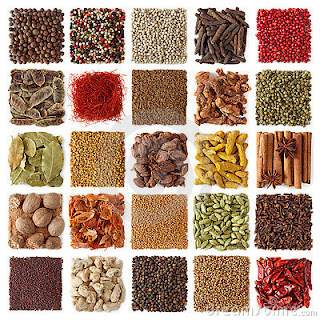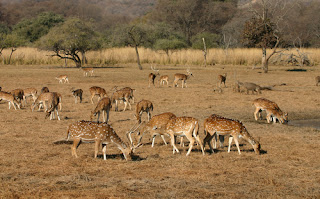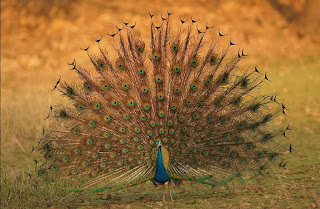India is home to a diverse population playing many different sports across the country. Cricket is the most popular sport. Football is the most popular sport in some states of India. The country has won eight Olympic gold medals in field of hocky, another popular game in India. Kabhadi, an indigrnous sport is popular in rural India. Several games originated in India including Chess, Snooker and other regional games. India has hosted and co-hosted several international sporting events, including the 1951 and 1982 Asian Games, the 1987, 1996 and 2011 Cricket World Cup, the 2003 Afro- Asian Games, the 2010 Hocky World Cup and the 2010 Commonwealth Games. The Indian Super League(IPL) is a premier twenty20 cricket league held every year from 2008. The Indian Super League is a Football league tournament held since 2014. Major international sporting events annually held in India include the Chennai Open in Tennis, the Indian Masters in golf from 2011 to 2013, India hosted the Indian Grand Prix Formula 1 race at the Buddh International Circuit, Greater Noida. The international Games of India is a national domestic sports event, which has been held in the country since 1924.


The history of sports in India dates back to the Vedic era. Physical culture in ancient India was fuelled by religious rights. The mantra in the Atharvanaveda says "Duty is in my right hand and the fruits of victory in my left" In terms of an ideal, these words hold the same sentiments as the traditional Olumpic Oath "For Honour of my country and the Glory of Sport." Badminton probably originated in India as a grownup's version of a very old children's game known in England as Battledore and Shuttlecock, the battledore being a paddle and the shuttlecock a small feathered cock, now usually called a "bird." Games like chess, snakes and ladder, playing cards, originated in India, and it was from here that these games were transmitted to forigen countries, where they were further modernized.

Before Independence:

The history of sports in India dates back to the Vedic era. Physical culture in ancient India was fuelled by religious rights. The mantra in the Atharvanaveda says "Duty is in my right hand and the fruits of victory in my left" In terms of an ideal, these words hold the same sentiments as the traditional Olumpic Oath "For Honour of my country and the Glory of Sport." Badminton probably originated in India as a grownup's version of a very old children's game known in England as Battledore and Shuttlecock, the battledore being a paddle and the shuttlecock a small feathered cock, now usually called a "bird." Games like chess, snakes and ladder, playing cards, originated in India, and it was from here that these games were transmitted to forigen countries, where they were further modernized.
After Independence:
India hosted the Asian Games in New Delhi in 1951 and 1982. The Ministry of Youth Affairs and sports was initally set up as the Department of Sports in 1982 at the time of organization of the IX Asian Games in New Delhi. Its name was changed to the Department of Youth Affairs & Sports during celebration of the International Youth Year in 1985. India has also hosted or co-hosted several international sporting events , including the 1951 and the 1982 Asian Games, the 1987 and 1996 Cricket World Cup, the 2003 Afro-Asian Games, the 2010 Hocky World Cup, and the 2010 Commonwealth Games. Major international sporting events annually held in India include the chennai Open, Mumbai Marathon, Delhi Half Marathon, and the Indian Masters. The Country World Cup and the first Indian Grand Prix in 2011.

























































